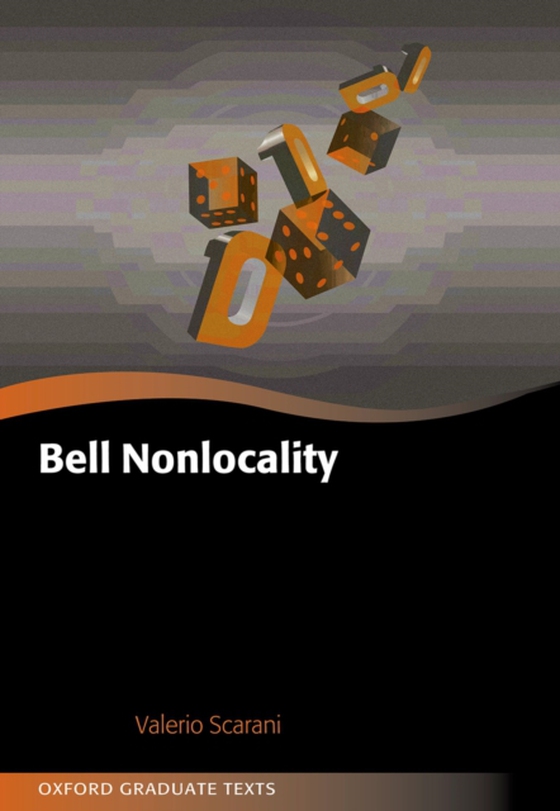
Bell Nonlocality e-bog
403,64 DKK
(inkl. moms 504,55 DKK)
The development of quantum technologies has seen a tremendous upsurge in recent years, and the theory of Bell nonlocality has been key in making these technologies possible. Bell nonlocality is one of the most striking discoveries triggered by quantum theory. It states that in some situations, measurements of physical systems do not reveal pre-existing properties; rather, the property is crea...
E-bog
403,64 DKK
Forlag
OUP Oxford
Udgivet
13 august 2019
Længde
256 sider
Genrer
Theoretical and mathematical astronomy
Sprog
English
Format
pdf
Beskyttelse
LCP
ISBN
9780191092640
The development of quantum technologies has seen a tremendous upsurge in recent years, and the theory of Bell nonlocality has been key in making these technologies possible. Bell nonlocality is one of the most striking discoveries triggered by quantum theory. It states that in some situations, measurements of physical systems do not reveal pre-existing properties; rather, the property is created by the measurement itself. In 1964, John Bell demonstrated that thepredictions of quantum theory are incompatible with the assumption that outcomes are predetermined. This phenomenon has been observed beyond any doubt in the last decades. It is an observation that is here to stay, even if quantum theory were to be replaced in the future. Besides having fundamentalimplications, nonlocality is so specific that it can be used to develop and certify reliable quantum devices. This book is a logical, rather than historical, presentation of nonlocality and its applications. Part 1 opens with a survey of the meaning of Bell nonlocality and its interpretations, then delves into the mathematical formalisation of this phenomenon, and finally into its manifestations in quantum theory. Part 2 is devoted to the possibility of using the evidence of nonlocality for certification of devices for quantum technologies. Part 3 explores some of the extensions and consequences ofnonlocality for the foundations of physics.
 Dansk
Dansk

